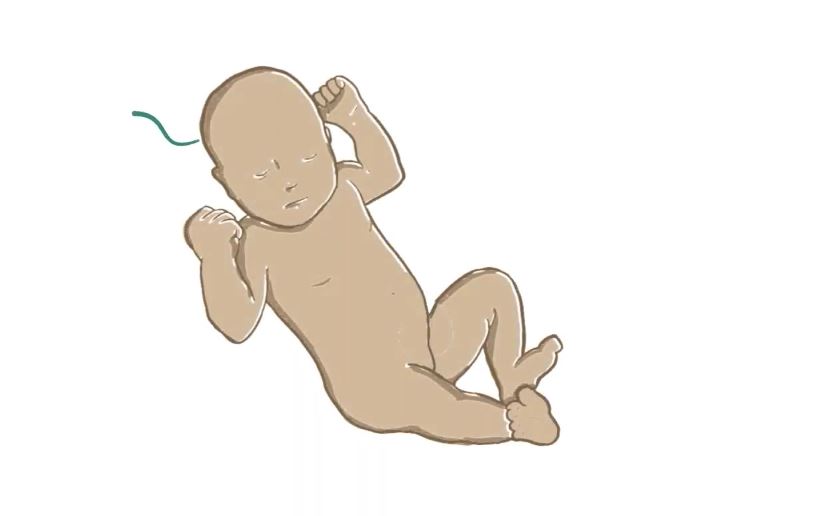
Hunter Syndrome is one of the most debilitating diagnoses in the field of rare diseases. This hereditary condition impairs the body’s capacity to metabolize vital sugar molecules, resulting in a gradual but relentless deterioration in cognitive and physical abilities. Even though it only affects 1 in 100,000 to 170,000 boys, it has a significant impact.
However, recent scientific discoveries have started to change the story, giving patients and their families hope where there was previously none.
A Closer Look at Hunter Syndrome
| Aspect | Details |
|---|---|
| Scientific Name | Mucopolysaccharidosis Type II (MPS II) |
| Primary Cause | Genetic mutation in the IDS gene |
| Key Deficiency | Lack of the enzyme iduronate-2-sulfatase (I2S) |
| Who It Affects | Almost exclusively males (X-linked disorder) |
| Notable Symptoms | Coarse facial features, joint stiffness, developmental delays, enlarged organs |
| Treatment Options | Enzyme Replacement Therapy, Gene Therapy (experimental), Symptom Management |
| Prognosis | Severe cases: Lifespan of 10-20 years; Milder cases: Can survive into their 50s |
The Genetic Time Bomb: The Development of Hunter Syndrome
Hunter Syndrome is fundamentally a ticking time bomb that is ingrained in a child’s DNA. A mutation in the IDS gene prevents the synthesis of iduronate-2-sulfatase (I2S), an enzyme essential for the breakdown of glycosaminoglycans (GAGs), resulting in this X-linked recessive disorder.
These sugar molecules build up unchecked in the absence of this enzyme, progressively clogging cells, harming organs, and impairing cognitive abilities.
The outcome? a youth marred by a steady decline in physical and neurological abilities.
Identifying the Early Warning Signs: The Indications of Trouble
The warning signs are initially subtle for many parents. Children may begin to exhibit between the ages of two and four:
- Joint stiffness and slower growth rates
- recognizable facial changes, such as thick lips and a wide nose
- Hearing loss and recurrent ear infections
- Breathing issues, such as sleep apnea
- An enlarged spleen and liver that make the abdomen appear swollen
As time goes on, neurological symptoms appear; some kids have trouble speaking, while others exhibit behaviors that are remarkably similar to those of autism. The illness eventually starts to impair cognitive function, resulting in a serious decline in mental capacity.
Options for Treatment: Is a Cure Near?
Hunter Syndrome patients’ quality of life has significantly improved due to medical advancements, despite the fact that there is currently no cure.
Though not a cure, enzyme replacement therapy (ERT) is a lifeline.
Weekly infusions of Elaprase (idursulfase), a synthetic enzyme that partially substitutes for the absent I2S, are part of ERT. Although it protects organs and slows the progression of disease, it is unable to stop neurological decline because it cannot pass through the blood-brain barrier.
Gene Therapy: The Hope of the Future
In an effort to address Hunter Syndrome’s underlying cause, researchers have resorted to gene therapy in the last ten years. Researchers aim to restore natural enzyme production through lysosomal-targeted gene therapy and CRISPR-based editing. These techniques are still in clinical trials, but they may eventually provide a true cure.
Transplanting bone marrow is a risky gamble.
The outcomes of bone marrow transplants have been inconsistent, and there is a significant chance of complications. Although they might lessen some symptoms, they are still not very effective.
Managing Symptoms: Purchasing Time through Supportive Care
Hunter Syndrome management calls for a multidisciplinary strategy. Experts concentrate on:
- To preserve mobility, physical therapy
- Organ damage can be addressed surgically.
- Using speech therapy to improve communication
Every step contributes to the extension of independence, enabling kids to live as long as possible.
Hunter Syndrome: The Struggle Every Day
Hunter Syndrome is a relentless enemy to families. Early on, parents must deal with a lot of medical treatments, therapies, and doctor visits. Full-time care is required as the illness worsens because many kids lose their ability to move and think clearly, necessitating ongoing support.
Innumerable families maintain their optimism in the face of adversity. Support groups, clinical trials, and innovative research are some of the ways they are fighting for a better future.
Recognizing the Dangers: Is It Possible to Avoid Hunter Syndrome?
Hunter Syndrome cannot be prevented because it is inherited. Nonetheless, genetic counseling is an option for families with a history of the disorder. Before becoming pregnant, women can use carrier testing to find out if they have the defective IDS gene.
The Battle for Research: The Need for Increased Funding
Hunter Syndrome has been known for decades, but funding for research is still woefully inadequate. In an effort to completely eradicate this illness in the future, researchers are still pushing for more funding for gene therapy and developments in enzyme replacement.
The Value of Community and the Significance of Awareness
Although Hunter Syndrome is uncommon, its effects are widespread. We give impacted families hope by raising awareness and promoting funding for research. With each new development in enzyme therapy and genetics, we get one step closer to a future free from this debilitating illness.
Conclusion: An Exciting Future Full of Opportunities
Despite Hunter Syndrome being a persistent genetic condition, there is hope for the future. A future in which this disease may one day be curable is being shaped by innovative research, new treatments, and the unwavering perseverance of both scientists and families.
For the time being, every research dollar, every awareness campaign, and every medical advancement counts. The battle to find a cure is just getting started.
Frequently Asked Questions (FAQs)
1. What causes Hunter Syndrome?
Hunter Syndrome is caused by a mutation in the IDS gene, leading to a deficiency of the iduronate-2-sulfatase enzyme.
2. Can Hunter Syndrome be cured?
Currently, there is no cure, but enzyme replacement therapy and experimental gene therapies are improving outcomes.
3. How long do people with Hunter Syndrome live?
Severe cases have a lifespan of 10-20 years, while milder cases may live into their 50s.
4. Is Hunter Syndrome contagious?
No, it is a genetic disorder, not an infectious disease.
5. How can I help support Hunter Syndrome research?
Donating to MPS research foundations or participating in awareness campaigns can help fund lifesaving research.
